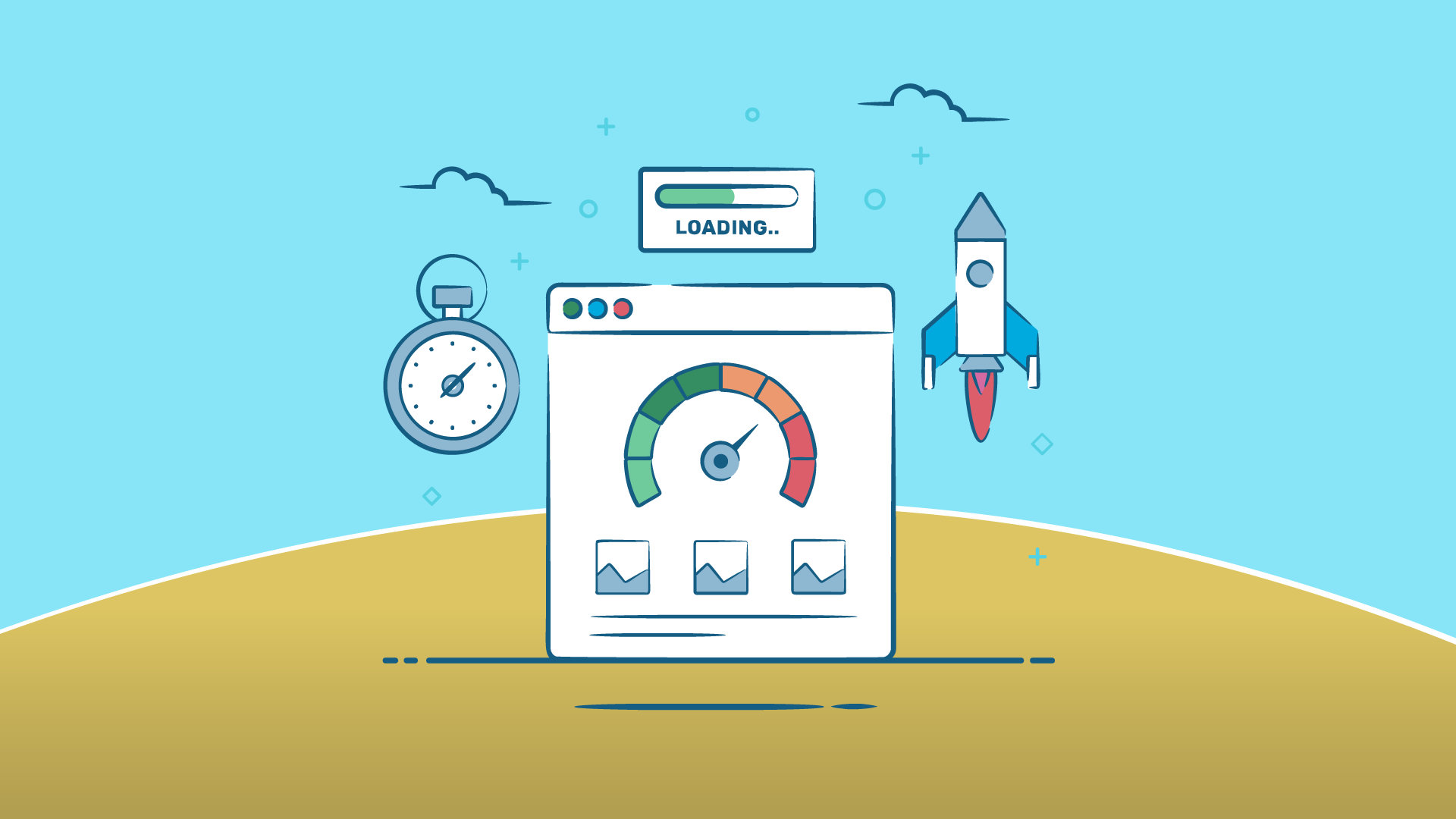Directly impacting user experience, conversion rates, and search engine results is website performance. Visitors frustrated by a slow-loading website may have higher bounce rates and lower engagement. Thoughtful design decisions help to maximize website speed, thereby guaranteeing a flawless browsing experience in addition to performance. Reducing page load times and improving the whole user experience depend much on well-designed solutions. When designing, view it as a key element to enhance both speed and user satisfaction.
Streamlining Visual Elements
Often contributing to delayed loading times are visual components, such as images and movies. Compressing photos without compromising quality will help to maximize website speed. Load times can be greatly lowered by selecting appropriate file formats (such as WebP for images) and changing the resolution to meet display needs. Moreover, lazy loading guarantees that media items load just when the user views them, therefore saving bandwidth and extending the first loading time of the page.
Efficient Code Structure
The loading speed of the website depends directly on the coding structure. Minifying HTML, JavaScript, and CSS files helps designers cut file sizes and eliminate pointless whitespace or comments. Combining several JavaScript or CSS files into one can also help to cut page loading’s required HTTP queries. Furthermore, it’s crucial to maximize JavaScript execution by postponing nonessential scripts or applying asynchronous loading methods so that important content takes front stage for faster display.
Responsive Design for Faster Mobile Experience
Responsive design has become crucial to increasing website speed as mobile browsing is on the increase. Especially on mobile platforms, a website that fits several screen sizes and devices guarantees the best performance. Utilizing scalable graphics, flexible grid layouts, and CSS media queries improves speed and usability. Responsive design lowers redundancy and speeds load times on mobile devices by doing away with the requirement for distinct mobile versions of a site.
Minimizing External Requests
If improperly controlled, outside requests—such as third-party scripts, fonts, or ads—can slow down a website. Reducing the quantity of outside resources will help to decrease waiting for these components, thus preventing delays. Every external script or plugin should be assessed to be required and performance-wise optimal.
One of the main components of user experience and general success of a website is its speed; users expect fast loading times, and if a website takes too long to load, they will likely abandon it before they even view it. Effective design methods, including optimizing visual elements, streamlining code, assuring responsiveness, and reducing external queries, help websites significantly lower loading times and performance.

